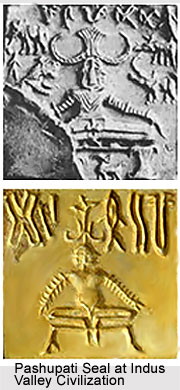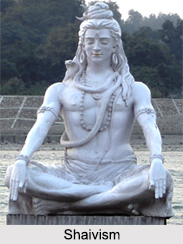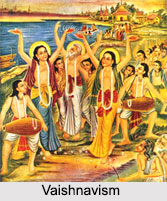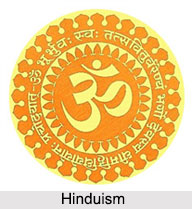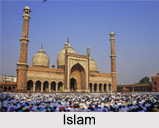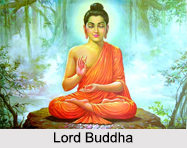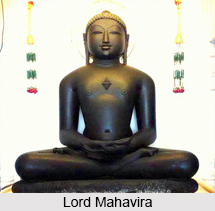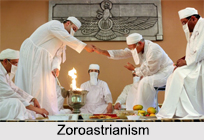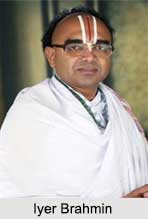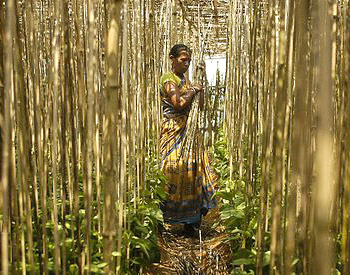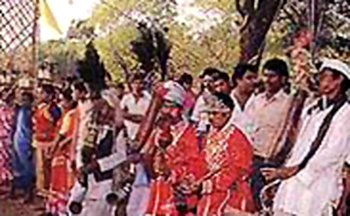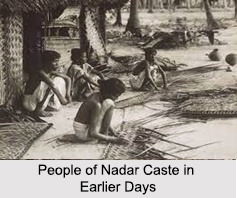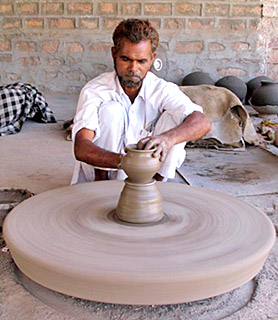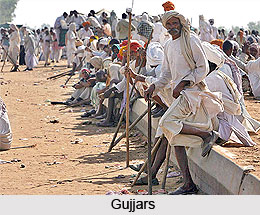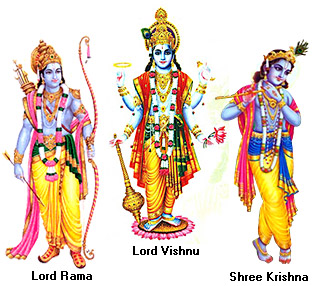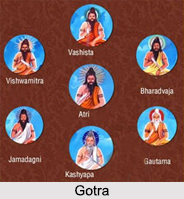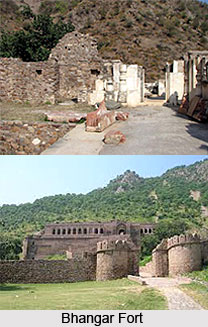 Before settling for a new plot it is mandatory to check out the detailed history of the plot and surroundings dating back to at least 200-300 years. While purchasing a new plot of land it is necessary to find out in details about its surroundings, such as, a river, naala, canal, tank or lake. If some graves or temples or buildings are buried underneath due to earthquake such plots should never be purchased. There are certain plots even at the heart of the city but its history is stained by accidental deaths, such plots should never be purchased. Unused land of an old temple destroyed temples or where sculptures were kept such plots should not be taken. Plots adjacent to a cemetery or crematorium are also not fit to be bought.
Before settling for a new plot it is mandatory to check out the detailed history of the plot and surroundings dating back to at least 200-300 years. While purchasing a new plot of land it is necessary to find out in details about its surroundings, such as, a river, naala, canal, tank or lake. If some graves or temples or buildings are buried underneath due to earthquake such plots should never be purchased. There are certain plots even at the heart of the city but its history is stained by accidental deaths, such plots should never be purchased. Unused land of an old temple destroyed temples or where sculptures were kept such plots should not be taken. Plots adjacent to a cemetery or crematorium are also not fit to be bought.
•Plots adjacent to a cemetery or crematorium should not be purchased. Structures which houses maternity homes or lie near it are also not favorable to be bought. Such places are generally haunted.
•The structures or buildings where spirits of dead people, who may have been former owners or residents, reside are known as haunted places or structures. Supernatural activities are thought to be part of these plots. There are certain rules which will enable one to recognize the haunted buildings or plots.
•The places where pit is dug 5 feet deep and bones, hair, burnt wood or skulls are found are also known as a haunted places.
•It is advisable to stay away from places where snakes or cobras are found or seen regularly. The bad effect can, however, be removed by pacifying the spirits with burnt offerings in the sacred pit.
•Buildings where all the members of family succumb to untimely deaths one after another are considered inauspicious by Vastu Shastra.
•There are certain buildings where accidental deaths, death of young people and suicides are quite common to their history. Such properties must be avoided.
•Even if one decides to reside in a haunted structure it will result in regular quarrels within the family. Progress will be obstructed and there will be dejection all around. It can also result in continuous illness.
•The sign of haunted house is that there are large cracks in the South, the West and the South-West walls. The wood of the doors and the windows is dried up. The building looks horrible from the inside as well as the outside.
•When a stranger enters the haunted house he may experience headache, profuse sweating in his hands and feet, pain in the chest, breathing quickens and he feels weak.
•In a haunted house guests or relatives rarely come.
•As soon as one enters the haunted house the breathing is quickens and one feels weak.
•As soon as one enters the haunted house he starts getting bad omens. The new resident will be prone to burns, finger cuts, slipping on the floor, injury to head, illness etc.
•In a haunted house the roof and the beams seem to be slanting downwards. An uncanny feeling that the roof and the beams can fall looms over the individual.
•In a haunted house if new construction is done it will be hardly of any use. The walls can collapse, work remains incomplete, the mason and the workers will also leave the work unfinished.
•In the vacant space surrounding the haunted houses thorny bushes automatically crop up. The place remains unclean. Amla, lemon, tamarind and others are found in such houses.
•In the evening the haunted house and its surroundings look frightening. In the haunted houses cases of sudden breaking of new pitchers as soon as it is filled with water, breaking of old pitcher, flickering of the flame of the lamps, candles are also observed regularly. All these are inauspicious signs as far as Vastu Shastra is concerned.
•Knock on the door, sound of footsteps, weeping or grimacing will be heard. Doors and windows can automatically open or close with a creaking sound. All kinds of eerie experiences are related with the haunted structures.
•The food cooked in a haunted house is never tasty. The water is also tasteless.
•In a haunted house the electrical equipments are always out of order. Glassware is broken. Every new thing purchased will be adversely affected. A stock of unwanted goods is collected. The house is always unclean and full of garbage. Frequent power failures are also common.
•In a haunted house the food is either overcooked or undercooked.
•In a haunted house cats weep and fight in the evening and dogs weep at night. Mammals like cows and other cattle fall sick and death is inevitable for them.
•Crows or other birds drop little dead animals, strange hair or bones in the haunted houses.
•In the haunted houses milk goes sour, food is wasted, dried lemons and chilies are found within the building. Chandeliers may crash down too.
•Things are never found in their proper places and important papers and keys are lost.
•In a haunted house uncalled black garments or black strips are found. Sometimes burnt garments and skulls are found. Unidentified finger prints are found.
•An illusion of the movements and presence of an invisible power can also be felt in such buildings.
•A building may also become haunted because of black magic. In such houses lemons pierced with needles are found.
There are several ways in which the haunted houses can be cleansed and they can be fit for residing.
•Either the haunted house should be vacated or by religious rites the spell will be removed.
•If possible the entire haunted house should be demolished and after proper Bhoomi pooja new building should be constructed.
•Incense sticks should be burnt in the house every evening and `Hanuman Stotra` needs to be read loudly.
•If possible in front of the main entrance gate or on the Northern wall a big mirror should be fixed. The inauspicious powers coming from the south would see their own images and thus leave the building forever.
•Guru Charitra should be read daily for eleven months without break.
•On the New Moon day rice and curd offerings should be made in front of the main entrance and then disposed off.
•Again on the New Moon day a coconut should be broken with its head towards the individual.
•Ganapati should be put up on the main entrance.
•Swastika Rangoli should be made in front of the front door.
•The following couplet from the `Balkand` from Ramcharitmanas (Chapter XVII) should be written with red oxide on the main entrance or a paper and then pasted on the main entrance: `Pawanau Pawankumar Khal ban Pawak Gyan dhan Jasu Hridayagar basahi Ram sar Chap dhar.` This will prevent evil spirits from entering the buildings.
•If haunted house has no threshold a threshold in front of the main gate should be constructed.
•Chanting of Mantras, Jap, Naam Smaran, orally or on a tape recorder, should be done inside a haunted house.
•The Bhasma (ashes) brought from a potent temple should be spread in the house everywhere.
•Vastushanti should be done properly. It will prove quite helpful.
